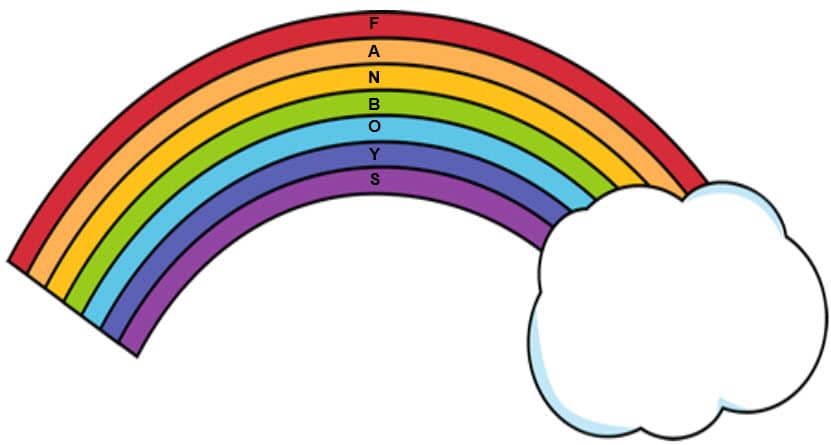Let’s take a step back. First, what are conjunctions? What do we use them for?
What are conjunctions?
If we didn’t have conjunctions, we would have to say everything in short sentences.
I like to play. I like to run. I don’t like to sit still.
Simply put, conjunctions are words that link other words, phrases and clauses together.
Some examples of conjunctions are: and, but, yet.
In the above sentence, we can add conjunctions to make a more complex, elegant sentence.
I like to play and run, but I don’t like to sit still.
What types of conjunctions are there?
There are three types of conjunctions:
Coordinating conjunctions
Correlative conjunctions
Subordinating conjunctions
We’ll leave the last two for another day. In this blog post, we’re going to focus on coordinating conjunctions.

What are coordinating conjunctions?
A coordinating conjunction is a word placed between words, sentences or clauses of equal rank. That’s a mouthful. We can best demonstrate this in an example.
Let’s start with two simple sentences:
We could walk to the park. We could go swimming.
We want to use the conjunction ‘or’ to tie these sentences together.
Now the sentence reads:
We could walk to the park, or we could go swimming.
Notice the use of comma when the coordinating conjunction is joining two sentences (we also call that two independent clauses).
Also, notice the equal rank of the two parts to this sentence:
walk to the park - or - go swimming
Here’s another example:
I would like pasta for lunch. I would like salad for lunch.
We’d like to join these sentences with the conjunction: and
The sentence now reads:
I would like pasta and salad for lunch.
Notice we don’t use a comma when we join two words. In this case, the words we are joining are ‘pasta’ and ‘salad’.
FANBOYS: the mnemonic for coordinating conjunctions.
The most common coordinating conjunctions are:
for, and, nor, but, or, yet and so. They are best remembered with using a mnemonic:
For
And
Nor
But
Or
Yet
So
FANBOYS
Here’s what each conjunction means. We’ve also used the words in an example sentence, to give it some context.
For: one causes another.
The tennis player practices every day, for he wants to win the next tournament.
And: joins parts (words, clauses) to show what they have in common.
I like ice cream and cake.
Nor: expresses a second action as negative.
I can’t go to the party, nor do I want to.
But: shows the difference between the two parts joined.
The baby was so tired, but she kept eating.
Or: shows an alternative.
I can spend my money or I can save it.
Yet: show the difference between two parts joined, where the second element is not expected.
It was early, yet we were ready for bed after our long hike.
So: shows a purpose.
I could not keep my eyes open, so I took a nap.
We have worksheets to practice coordinating conjunctions in our:

